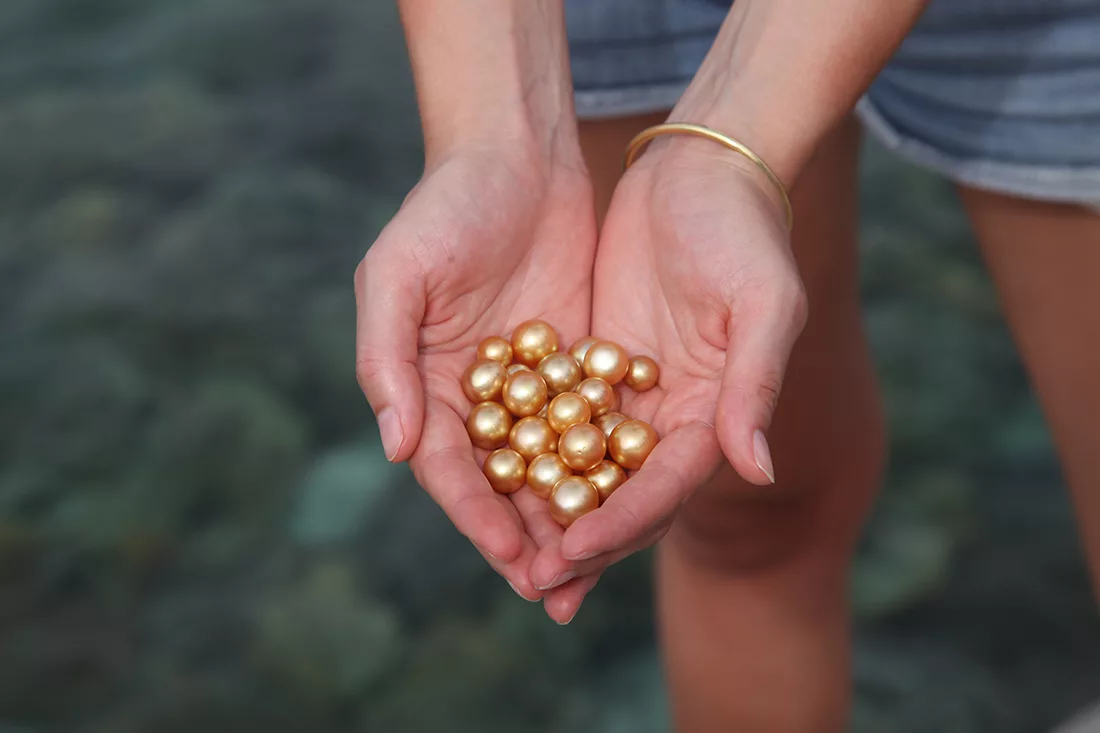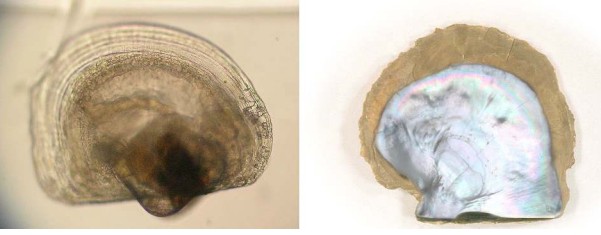
Visit to Japan’s pearl farms
By Dr. L.E. Cartier & Dr. M.S. Krzemnicki, first published in Facette 29 (May 2024)

Having attended the IGC conference in Tokyo in October 2023, Dr. Michael S. Krzemnicki and Dr. Laurent E. Cartier took some time to travel south to visit the cultured pearl trading hub of Kobe and pearl farmers in Mie prefecture. This region is the birthplace of Akoya pearl cultivation and where one can still visit the Mikimoto pearl island today.
Our visit was aimed at understanding current pearl cultivation practices in Japanese Akoya production. The farms in this area are still renowned for producing high-quality Akoya cultured pearls today.
During our visit, we closely observed farming techniques for pearl oyster growth and operation procedures for oysters. We examined each stage of pearl development, from oyster selection to pearl harvesting. Engaging with experts, we learned about selective breeding and environmental optimization techniques to enhance Akoya cultured pearl quality and yield.
Our findings and samples collected will contribute to the scientific understanding of Akoya pearl cultivation, and ongoing research projects on pearl formation and DNA fingerprinting. We greatly appreciate the hospitality of Andy Müller and Akira Horiguchi in Kyoto, George Kakuda (Kakuda Pearl Co. Ltd.) and the local pearl farming families that generously shared their time and expertise.











